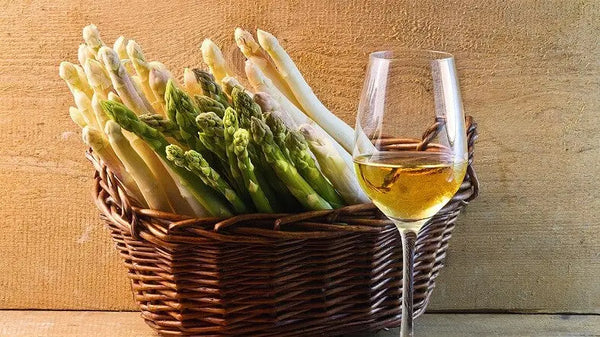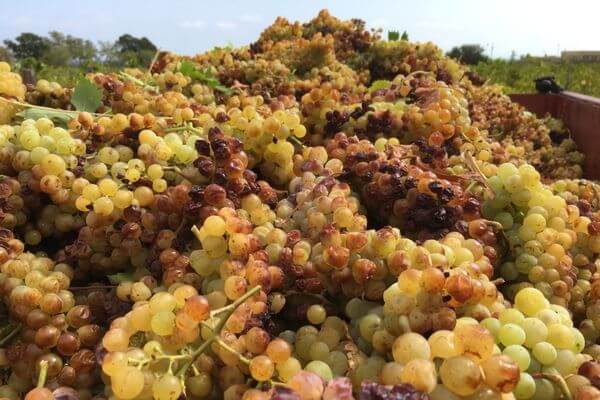Origins, places of cultivation and varieties of Muscat
Over time, countless varieties of Muscat have developed: Muscat Aviv, Muscat Azos, Muscat Bifère, Muscat Bouschet etc. Nevertheless, there are 3 main varieties of Muscat allowing the production of wines:
White Muscat with small grains
As said above, it is the oldest variety . It is also the most cultivated. It allows to elaborate dry, sparkling and sweet wines . Its aroma evolves on notes of exotic fruits (lychee, mango, pineapple), orange or even of pink.
White Muscat of Alexandria
White Muscat of Alexandria is often used in assembly and is mainly used for vinifying sweet wines Its berries are very fragrant and its aroma evolves over notes of peach, pear, mirabelle plum as well as floral aromas .
Ottonel White Muscat
With barely 200 hectares planted in France, it is the least used variety of the three. Mainly present in Alsace , this one gives both dry and sweet wines ( Late Harvest And Selection of Noble Grains ).Most of the time, the Muscat of Alsace is a Muscat resulting from the blend of Muscat à petits grains and Muscat Ottonel. The latter evokes seductive primary aromas of fresh grapes and flowers .

Alexandrian white muscat - Small grain white muscat - Muscat Ottonel
The brilliant aroma of Muscat
It is actually relatively easy to distinguish a bottle made from Muscat blindly because Rare are the wines so aromatic ! Of the fresh grape flavors blend delicately with citrus notes , of exotic fruits (lychee, pineapple, mango) as well as floral aromas (rose, lime, jasmine) and sometimes Honey . Hard to resist!
What foods should Muscat be paired with? ?
Muscat allowing the production of different types of wine , a multitude of culinary pairings will be possible depending on the style you choose.
So, with a dry white Muscat (without residual sugars), we can imagine delicious combinations with asparagus , grilled fish, sushi and sashimi or even with a chicken colombo.
Finally, for “classic” sweet wines and Vins Doux Naturels, we can quite imagine foie gras , of the blue cheeses (Blue, Roquefort) or fruit desserts.

Dry white Muscat and asparagus, a successful combination
Ideally enjoy a Muscat (temperature and storage)
Concerning sparkling Muscats, a temperature of 6-8°C will be perfect to appreciate all the freshness offered by these delicious bubbles. In the same way as for dry white Muscats, fairly rapid consumption is here to be considered.
For an orange wine made from Muscat , and due to the presence of light tannins, a slightly higher serving temperature will be preferable. Thus a service range between 12 and 14°C will be perfect. From a potential aging point of view, this type of wine is also to be enjoyed during one's youth .
Finally, for naturally sweet wines based on Muscat , the ideal temperature will be between 8-10°C in order to balance the significant presence of sugar. This type of wine can be consumed young in order to enjoy very intense fruity aromas but can also keep for 10 years or more . In this case, the aromas will evolve towards orange flavors. and candied fruits.
What are the best Muscats? ?
- Languedoc-Roussillon - Schist Domain - VO Orange Wine
- Languedoc-Roussillon - Schist Domain - Muscat of Rivesaltes
- Languedoc-Roussillon - Château de L'Ou - IGP Côtes Catalanes - I Love The White Or









